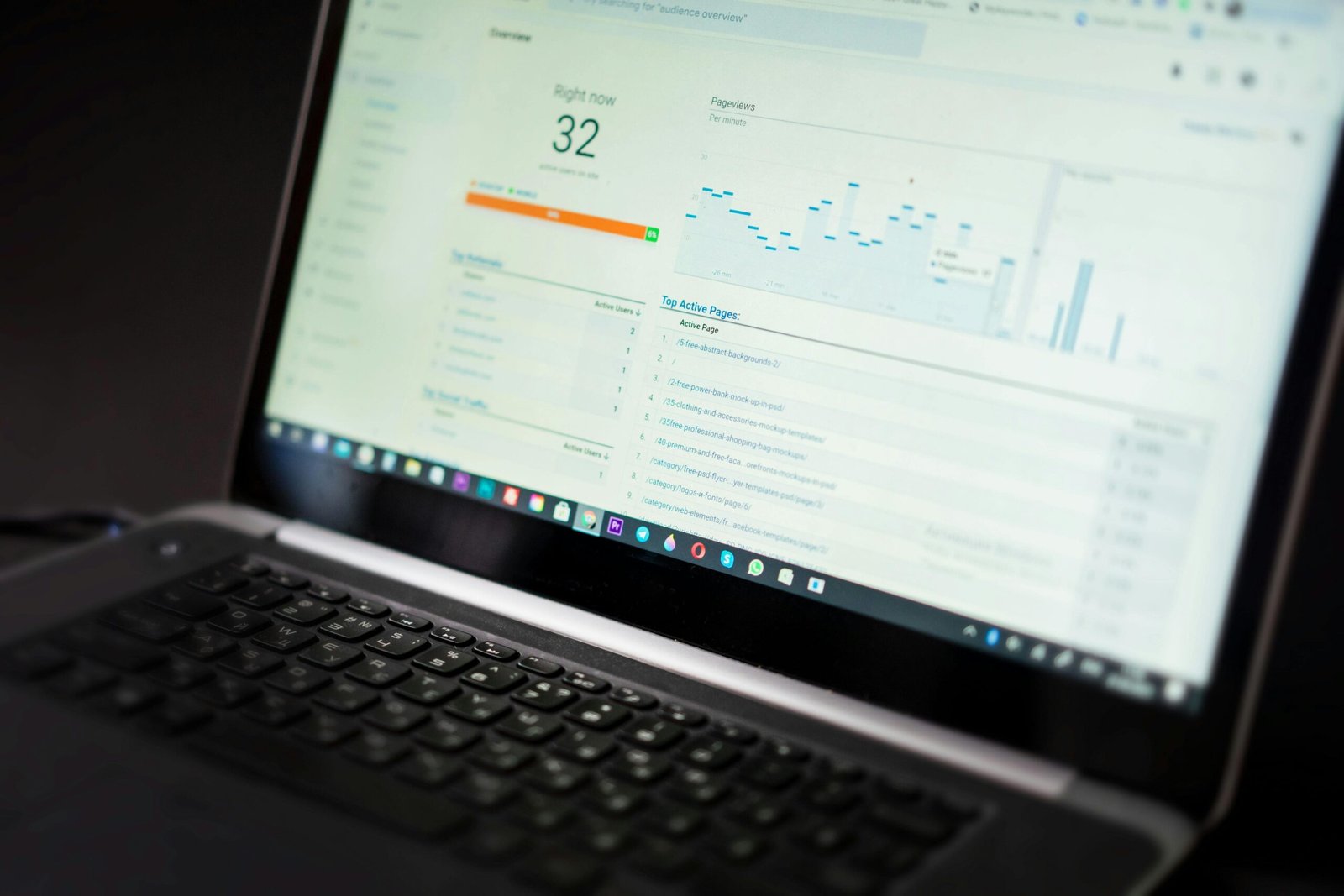Ever wondered why your streaming service isn’t blowing up the charts like Netflix or Disney+? You might be missing the tech equivalent of a crystal ball—real-time analytics dashboards. Without them, you’re flying blind while others are soaring high on actionable data insights.
In this post, we’ll break down everything you need to know about leveraging real-time analytics dashboards for your streaming platform. From pain points to step-by-step guidance, tips, and killer examples—you’ll walk away ready to dominate.
Table of Contents
- Key Takeaways
- Why Real-Time Data Matters in Streaming
- How to Build Your Own Analytics Dashboard
- 5 Best Practices for Using Analytics Effectively
- Case Study: How Big Players Use Real-Time Dashboards
- FAQs About Real-Time Analytics Dashboards
- Conclusion
Key Takeaways
- Real-time analytics dashboards help monitor audience behavior instantly.
- They allow quick decision-making, enhancing user engagement and retention rates.
- Building one requires integrating robust tools like Google Data Studio, Tableau, or Looker.
- Best practices include focusing on KPIs relevant to your goals and avoiding “data overload.”
- Big-name platforms use these systems to stay ahead—and so can you.
Why Real-Time Data Matters in Streaming

Picture this: I once released an original show that was supposed to be my platform’s next big hit. Except…nobody watched it. Turns out, poor promotion timing combined with lagging server performance killed it before launch week even ended. And all because my team relied on weekly reports instead of *real-time* data.
This isn’t just me being unlucky—it’s common across small- and mid-sized streaming services. Here’s why:
Audience Behavior Changes Fast: What works at 9 AM doesn’t necessarily work at 9 PM. Real-time dashboards let you catch trends immediately.
Retention Is Tricky: Subscribers can cancel anytime. Knowing when and why they drop off helps fix issues ASAP.
Pet Peeve Alert: Legacy reporting tools are slower than dial-up internet. If your system takes hours to spit out numbers, you’ve already missed opportunities.
How to Build Your Own Analytics Dashboard
Step 1: Define Your Goals
Optimist You: “Let’s build a dashboard!”
Grumpy You: “Fine, but only if we focus on metrics that matter—not vanity stats.”
Start by asking:
– What specific problems do you want to solve?
– Which KPIs align with those objectives?
Step 2: Choose the Right Tool
Popular options include:
- Google Data Studio: Free and beginner-friendly.
- Tableau: Advanced features but pricier.
- Looker: Ideal for large enterprises; integrates well with Google Cloud.
Step 3: Connect Data Sources
Integrate APIs from platforms like YouTube Analytics, AWS Media Services, or Firebase. Think of it as plugging wires into your spaceship console—it powers everything!
Step 4: Design the Layout
Focus on usability over flashiness. Place key metrics front and center for easy access.
Step 5: Test & Iterate
Launch a beta version first. Tweak based on feedback until it feels smoother than buttery popcorn.
5 Best Practices for Using Analytics Effectively
- Prioritize Actionable Metrics: Leave feel-good numbers behind; focus on conversion rates, churn, etc.
- Automate Alerts: Set triggers for unusual spikes or drops.
- Avoid Overloading: Too much info paralyzes decisions. Stick to must-know stats.
- Regularly Update Filters: Customize views for different teams or campaigns.
- Demo Terrible Tip: Don’t rely solely on historical averages unless you love outdated insights (which no one does).
Case Study: How Big Players Use Real-Time Dashboards
Hulu uses real-time dashboards to track viewer satisfaction during live events—a trick they mastered after noticing dips post-episode releases. Meanwhile, Spotify obsessively monitors skip rates within seconds of song plays to optimize playlists.

FAQs About Real-Time Analytics Dashboards
What makes real-time analytics different from traditional analytics?
Traditional analytics provides delayed reports, while real-time gives instant updates to act upon immediately.
Can small businesses afford such dashboards?
Absolutely! Many affordable tools cater to startups and growing brands.
Conclusion
Real-time analytics dashboards aren’t optional anymore—they’re essential for surviving and thriving in competitive streaming markets. By following our guide, you’ll unlock deeper insights, smarter strategies, and more satisfied viewers.
So grab that coffee, roll up your sleeves, and start building today—before someone else beats you to it!
“Like Pac-Man chasing pellets,
Your content needs constant fuel.
Stream smart, not harder.”

